Vahideh Manshadi
Dynamic Matching with Post-allocation Service and its Application to Refugee Resettlement
Oct 30, 2024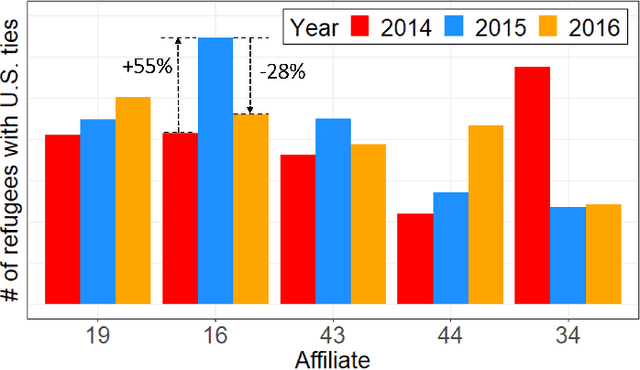

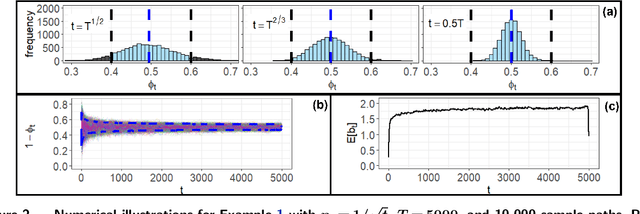
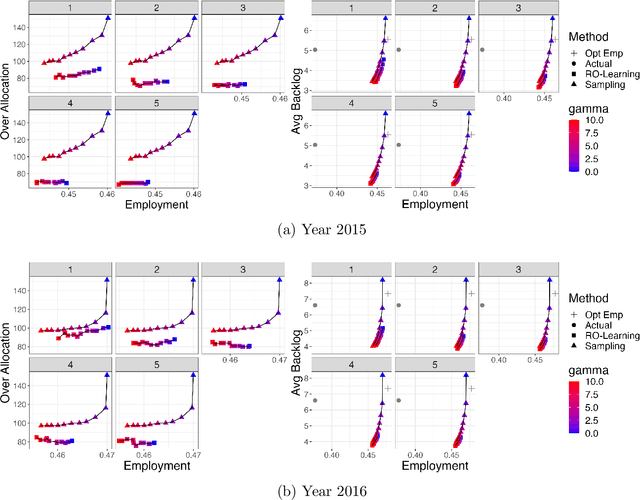
Abstract:Motivated by our collaboration with a major refugee resettlement agency in the U.S., we study a dynamic matching problem where each new arrival (a refugee case) must be matched immediately and irrevocably to one of the static resources (a location with a fixed annual quota). In addition to consuming the static resource, each case requires post-allocation service from a server, such as a translator. Given the time-consuming nature of service, a server may not be available at a given time, thus we refer to it as a dynamic resource. Upon matching, the case will wait to avail service in a first-come-first-serve manner. Bursty matching to a location may result in undesirable congestion at its corresponding server. Consequently, the central planner (the agency) faces a dynamic matching problem with an objective that combines the matching reward (captured by pair-specific employment outcomes) with the cost for congestion for dynamic resources and over-allocation for the static ones. Motivated by the observed fluctuations in the composition of refugee pools across the years, we design algorithms that do not rely on distributional knowledge constructed based on past years' data. To that end, we develop learning-based algorithms that are asymptotically optimal in certain regimes, easy to interpret, and computationally fast. Our design is based on learning the dual variables of the underlying optimization problem; however, the main challenge lies in the time-varying nature of the dual variables associated with dynamic resources. To overcome this challenge, our theoretical development brings together techniques from Lyapunov analysis, adversarial online learning, and stochastic optimization. On the application side, when tested on real data from our partner agency, our method outperforms existing ones making it a viable candidate for replacing the current practice upon experimentation.
Learning Product Rankings Robust to Fake Users
Sep 10, 2020
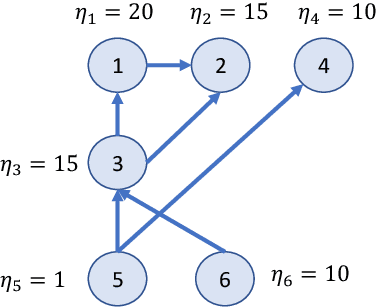
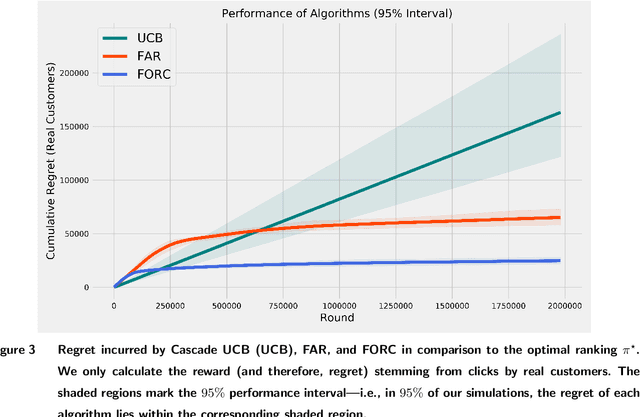
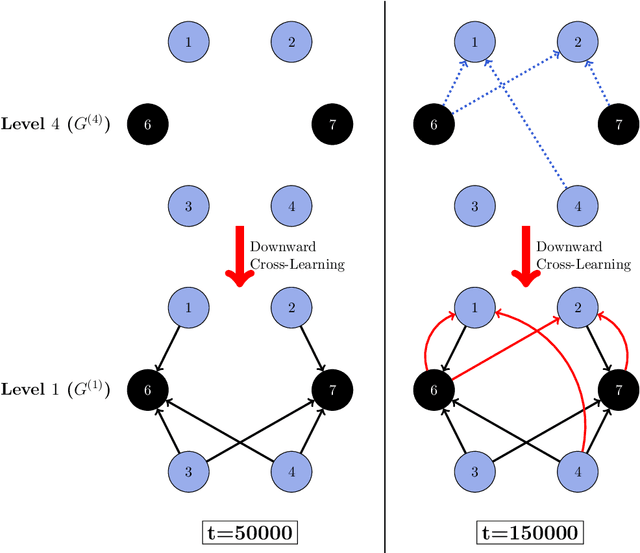
Abstract:In many online platforms, customers' decisions are substantially influenced by product rankings as most customers only examine a few top-ranked products. Concurrently, such platforms also use the same data corresponding to customers' actions to learn how these products must be ranked or ordered. These interactions in the underlying learning process, however, may incentivize sellers to artificially inflate their position by employing fake users, as exemplified by the emergence of click farms. Motivated by such fraudulent behavior, we study the ranking problem of a platform that faces a mixture of real and fake users who are indistinguishable from one another. We first show that existing learning algorithms---that are optimal in the absence of fake users---may converge to highly sub-optimal rankings under manipulation by fake users. To overcome this deficiency, we develop efficient learning algorithms under two informational environments: in the first setting, the platform is aware of the number of fake users, and in the second setting, it is agnostic to the number of fake users. For both these environments, we prove that our algorithms converge to the optimal ranking, while being robust to the aforementioned fraudulent behavior; we also present worst-case performance guarantees for our methods, and show that they significantly outperform existing algorithms. At a high level, our work employs several novel approaches to guarantee robustness such as: (i) constructing product-ordering graphs that encode the pairwise relationships between products inferred from the customers' actions; and (ii) implementing multiple levels of learning with a judicious amount of bi-directional cross-learning between levels.
 Add to Chrome
Add to Chrome Add to Firefox
Add to Firefox Add to Edge
Add to Edge